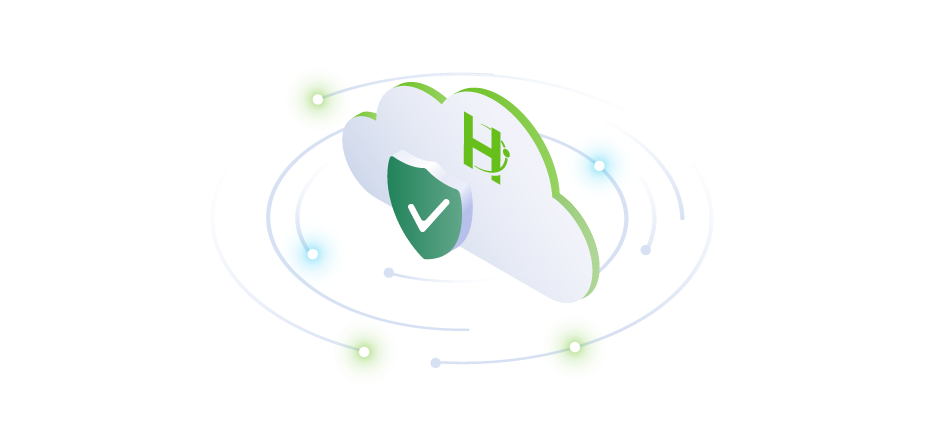Work as we know it has changed forever, and the applications we use have changed too. Collaboration with team members and co-workers that once huddled together in a conference room now takes place inside applications in the cloud. Toolsets like Microsoft 365 have changed the way we get work done. Microsoft Teams and applications similar to Zoom are how we conduct meetings, and teams are collaborating and sharing in ways not seen before.
Gartner has predicted that spending on cloud-related services will increase by around 22% from 2021 to 2022. Businesses are adopting cloud-based applications and services now more than ever, and with this growth of SaaS-delivered applications, the need to protect this data is business-critical. As we have noted before, protecting this data is ultimately the customer’s responsibility.
Pieces to the SaaS Data Protection Puzzle
In the public cloud, a shared responsibility model designates that cloud providers are responsible for managing and protecting their infrastructure, including hardware, software, networking, and any facilities that run the cloud. And, the customer is responsible for their own enterprise data including how it is protected and how it will be recovered.While there are some scenarios in which cloud providers may offer a best-efforts option for data recovery, typically that comes with minimal to no guarantees.
Understanding this line of delineation is critical — 70% of companies that host data in the cloud experienced a breach in 2020. The bottom line is that hosting your data in the cloud does not mean it is protected and safe.
Further, while many SaaS application providers have recognized the need to provide data retention options, these built-in capabilities cannot be described as true backups. Examples include the largest Customer Relationship Services (CRM), Salesforce, as well as Microsoft that offers a version of policy-based data retention for its Microsoft 365 (M365) offering. While certainly helpful in some cases, these features should not be viewed as backups and will not guarantee the recovery SLAs that your business requires. To complicate matters further, every SaaS application will approach data retention, backup and recovery differently; so be sure to review their offerings closely.
The Benefits of Third Party Protection
According to the Forrester Now Tech: SaaS Application Data Protection report1, protection against accidental or malicious data loss, migration and management of hosted data, improved regulatory compliance and archiving data related to daily operations are key benefits that support the business running efficiently.
- Recovery SLAs: Backup or retention options likely do not exist (read your EULA), recovery cannot be guaranteed, or can be done but will not meet expected enterprise-level recovery SLAs during a recovery.
- Long-term retention: Organizations that require long-term retention and/or data isolation for legal and compliance are also business drivers for third-party protection.
- Common Policy: The ability to apply common policies and manage SLAs across multiple SaaS applications becomes increasingly important as more SaaS applications are adopted across the enterprise.
Avoid Adding Data Silos and Complexity
Several dedicated vendors offer point solutions with protection for SaaS application data, but these create data silos and complicate management with additional interfaces and consoles for IT Operations teams to administer. Instead, customers should seek a solution that eliminates silos and simplifies management for data sources of all types. For example, on-premises and cloud workloads, and SaaS applications like Salesforce and Microsoft 365 should be protected and managed under one interface.
We believe protecting SaaS applications, and a variety of sources within the enterprise with a single platform that offers universal protection allow organizations to manage data more effectively overall and focus on driving business value back into their organization.
Key Capabilities to Look for When Protecting Data in Hybrid/Multicloud/SaaS Environments
- Reduced Attack Surface — Collapses data and infrastructure silos onto a single, multicloud data platform that reduces accessible points
- Immutable Backups — Helps prevent external systems from targeting backups with an immutable file system, DataLock (WORM), multi-factor authentication, data encryption, and RBAC protection layers
- AI/ML Ransomware Detection — Reduces downtime with early detection after a cyberattack on an IT production environment with machine-driven anomaly detection
- Rapid Recovery — Accelerates recovery with near-instant mass restore on-premises or across multicloud environments with a clean copy of backup data
- Privacy Compliance — Prioritizes visibility, compliance, and protection of personally identifiable information (PII) residing within data across an organization, through a single data management solution.
- Data Resiliency — Helps ensure business continuity against both internal and external threats, with 24X7 protection.
- A Turn-key Data Management Solution — Provides a single service, data management solution rather than a mix of capabilities for hybrid, multicloud, and SaaS data sources.
Modern Data Challenges Deserve Modern Data Management
We believe that to protect modern workloads, and SaaS applications, you need a next-gen data management solution to meet the needs of today’s digital businesses, stay ahead of relentless data growth, and moderate the pressure on IT Operations to deliver more business value.
Point solutions won’t cut it, and native tools lack the flexibility and scalability required. Instead, IT needs a simpler, more secure, and smarter way to protect data across a multicloud landscape with minimal effort, that can also help unlock value for a competitive advantage.
Cohesity’s next-gen data management provides solutions for protecting SaaS-delivered workloads for Microsoft Office 365, Salesforce, and SAP HANA —in addition to a wide range of other application data sources — eliminating operational silos and the need for multiple solutions. We go beyond the limits of the native tools many of these SaaS vendors provide and help customers derive value from their data while keeping it protected with encryption, immutability, and other security capabilities. To learn more about how Cohesity delivers next-gen data management for SaaS applications.
1Forrester Report – Now Tech: SaaS Application Data Protection, Q4 2021 – October 1, 2021














